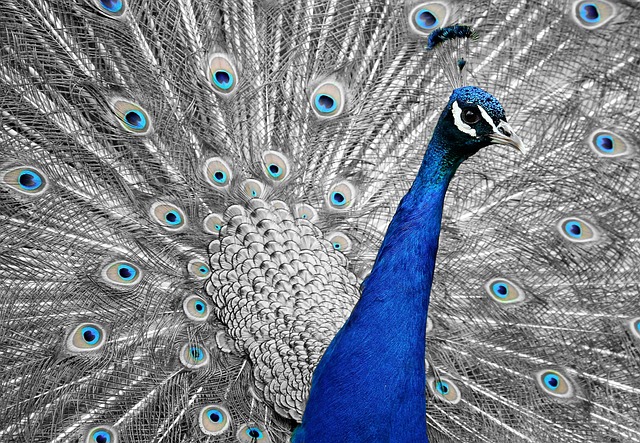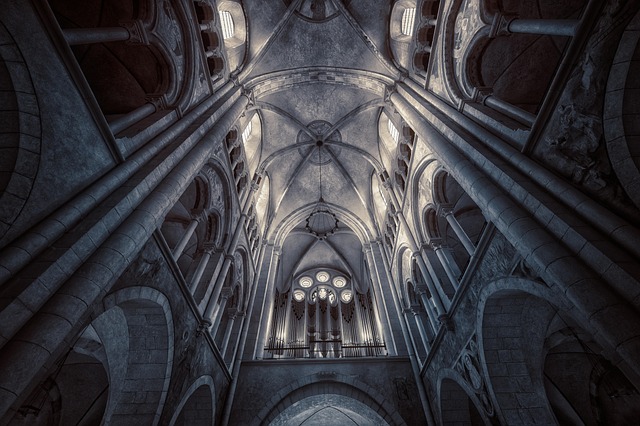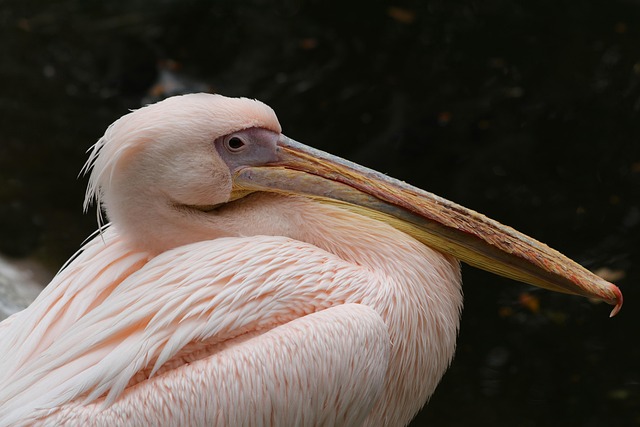In the realm of fine arts and culture, the circle holds a magical significance. This shape, which is perfectly symmetrical and infinite, serves as a profound symbol in various artistic expressions across the globe. The simplicity of its form juxtaposed with its deep meanings invites artists and audiences alike to explore the depths of creation and connection.
Throughout history, circles have been employed in art to embody completeness and unity. From ancient civilizations to contemporary masterpieces, artists have utilized the inherent beauty of circles to convey complex ideas. The circular motif can be seen in the mandalas of Eastern traditions, where each circle represents the cosmos, and in Western art, where the circular frame often encapsulates a narrative or theme. This fluid form transcends cultural barriers, creating an unspoken language that resonates universally.
In fine arts, circle drawings are not merely a tribute to geometry; they are expressions of emotion and thought. Artists like Wassily Kandinsky famously experimented with circles to represent feelings and spiritual ideas, integrating color and form in ways that invite viewers to step into a world of contemplation. Similarly, the work of modern artists continues to explore the circle’s potential for abstraction and representation, challenging observers to look beyond the surface.
Yet, circles are not limited to the canvas. In culture, they manifest in vibrant festivals, rituals, and communal gatherings. The circular dance forms, often seen in cultural celebrations, embody the essence of unity and collective joy. When participants join hands and move in circles, there is a palpable energy that echoes the interconnectedness of community and shared experiences. This circle of life is a celebration of identity, belonging, and the cyclical nature of existence.
Moreover, the simple act of drawing a circle allows one to engage with a fundamental aspect of art—sensory exploration. As the pencil glides on the paper, the process becomes meditative, a dance between hand and imagination. Artists find solace and inspiration within this uncomplicated motion, often leading to unexpected revelations. Through circle drawings, individuals can reconnect with their creative selves, finding beauty in repetition and the act of creation itself.
As we delve deeper into the significance of circles in fine arts and culture, it’s essential to recognize their versatility. Circles in art can take on various forms—from the intricate designs of Islamic art to the repetitive motifs in Aboriginal dot paintings. Each iteration offers a unique perspective on how cultures perceive the world, illuminating the diverse ways in which circles influence art globally.
This exploration of circles invites us to reflect on our own lives and experiences with this timeless shape. Whether found in nature, architecture, or art, circles remind us of the endless possibilities of creation. They symbolize wholeness, connection, and the importance of balance. The next time you encounter a circle, whether in a drawing or in your surroundings, take a moment to appreciate its beauty and significance in the larger tapestry of life.




